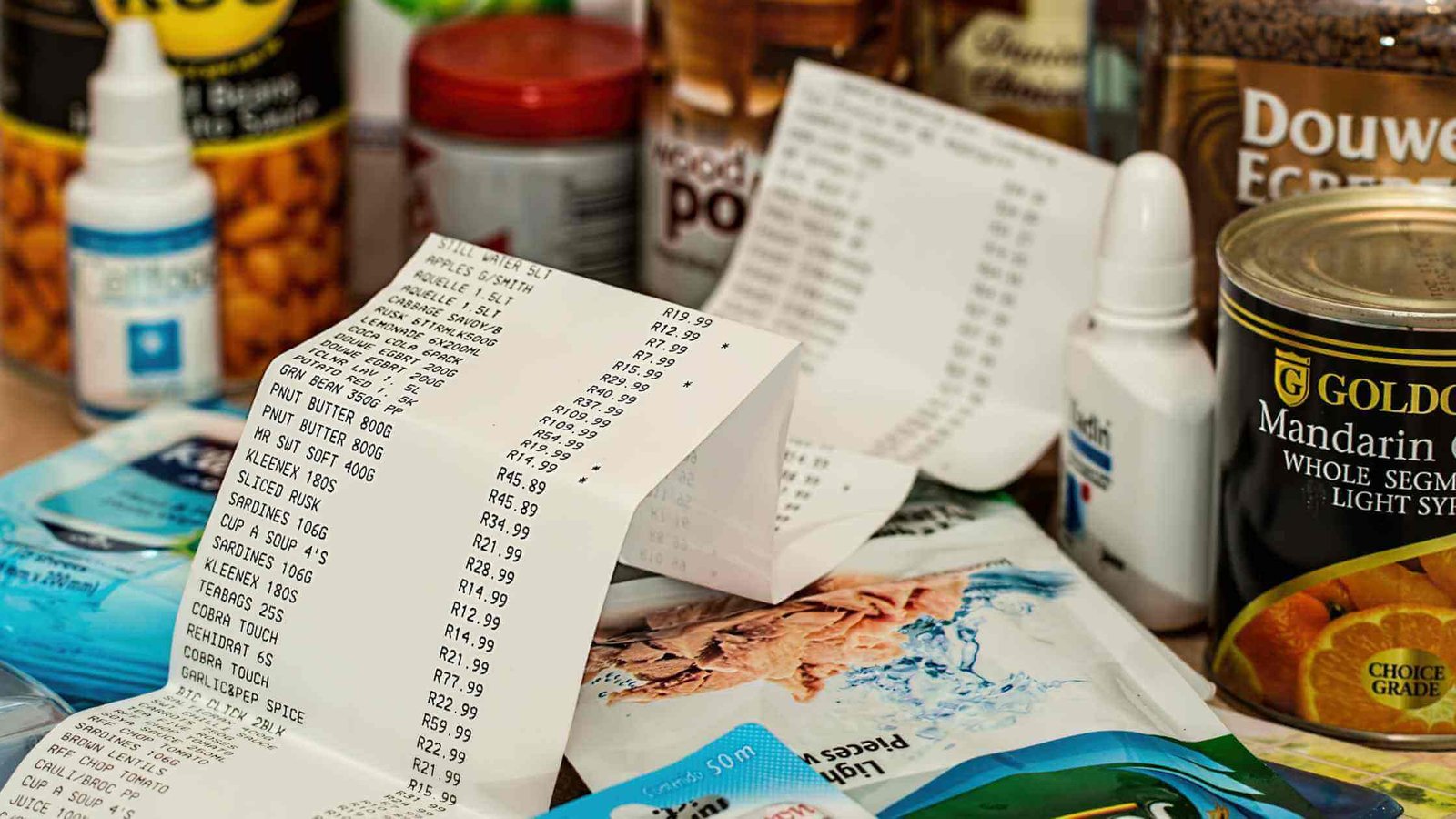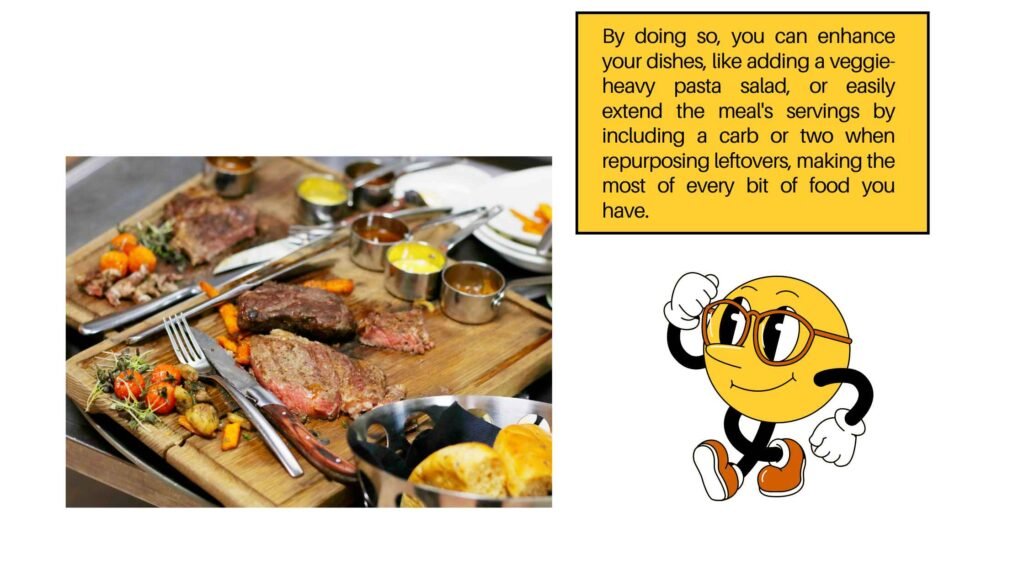12+ Grocery Shopping Tips – Practical Strategies to Slash Your Expenses and Lower Your Grocery Budget.

Managing your grocery budget has become an art form in a world where prices are going up and money is hard to predict. This is important if you want to keep your finances stable and hit your savings goals.
Keeping your grocery costs as low as possible is a powerful skill that can change your financial view, whether you’re on a tight budget, trying to make ends meet as a family, or just want to be more aware of what you spend.
Welcome to a trip through the world of cheap food shopping, where we’ll show you five easy-to-use, powerful tips and tricks that will help you save money without sacrificing quality. These tips will help you take control of your food budget and make it easier on your wallet. They include smart planning, smart shopping, and being creative in the kitchen.
Grocery Shopping Tips – Practical Strategies
Smart Shopping: How Reviewing Your Virtual Grocery Cart Saves You from Budget Surprises.

Gain the benefit of reviewing the total cost of your virtual grocery cart before proceeding to checkout. This will give you a chance to have a reality check and think twice before clicking the “order” button. By doing so, you can avoid the disappointment of realizing your total is about $50 more than your intended budget. If this happens, you can conveniently remove unnecessary items from your cart without facing the awkward situation of requesting a cashier to delete items they have already scanned.
Smart Swaps: Uncover Budget-Friendly Ingredient Alternatives at Your Fingertips

Discovering cost-effective alternatives for pricier ingredients becomes remarkably easy when you are in front of your computer. Suppose you find yourself hesitating over a $7 jar of dried herbs that seem indispensable for a pasta dish you plan to make this week. In that case, you can leverage the power of Google (or, dare I say, ChatGPT) to research more affordable substitutes. Better yet, take a look at your spice drawer; you might already have suitable herbs that can serve as a substitute, saving you $7 in the process.
Meal Planning Made Easy: How Online Grocery Shopping Saves You Time and Money
The convenience of online grocery shopping, especially with doorstep delivery, can significantly improve your ability to stick to your meal plans.
The challenges of in-person shopping, such as dealing with exorbitant prices at local grocery stores or facing an hour-long roundtrip commute to a more affordable store, often lead to abandoned shopping trips and unnecessary spending on takeout and dining out.
Despite the $9.99 delivery fees and driver tips, you’ll likely find that you save a substantial amount of money by investing just 15 minutes to order groceries online for the week.Give online grocery shopping a try and experience the financial benefits and convenience it has to offer.
Save Money by Incorporating Vegetarian Meals
You don’t have to completely give up meat, but consider swapping out two meals a week with delicious vegetarian recipes to save some serious cash. While not every vegetarian dish may seem budget-friendly, many are!
While meat substitutes like Impossible Meat can be tasty, they tend to be more expensive than actual meat. However, fear not; there are plenty of affordable non-meat proteins, such as tofu, beans, and eggs, that can be just as satisfying and enjoyable.

As someone who used to consume a family pack of chicken breasts every single week before they became a splurge item, you can discover numerous ways to replace expensive meat with cost-effective plant-based proteins in your favorite dishes.
For instance, chicken curries transformed into tofu curries, and chicken salad sandwiches became chickpea salad sandwiches, all of which come at a lower overall cost with these simple swaps. Over time, you can build an impressive collection of satiating vegetarian recipes that you now turn to on a near-weekly basis.
So, if you are hesitant about trying vegetarian recipes but still want to save money, start with small ingredient swaps before venturing into the delightful world of vegetarian cuisine. This approach makes it easier for you to transition and make significant changes to your meat consumption. Your wallet will undoubtedly appreciate the savings.
Smart and Thrifty Cooking: Making the Most of ‘Free Ingredients’ in Your Kitchen
As enjoyable as it is to come up with new recipes to cook every week—for many people—it can be both expensive and time-consuming to build a grocery list from scratch. However, there’s a thrifty and eco-friendly approach you can adopt: take a casual inventory of any extra ingredients lying around your kitchen and seek out recipes that can make use of them first.
We’ll refer to these ingredients as “free ingredients” (even if they’re not technically free), because finding useful food in your own kitchen feels like a pleasant surprise. This approach can help you cut down on food waste and reduce your overall food expenses.
Here’s how it works in real-time: Consider a scenario where you have been eyeing a tempting meatball recipe for some time now. However, upon rummaging through your pantry, fridge, and freezer, you realize that this week may not be the best time to try it out, especially from a financial perspective.

Instead, examine the pound of “manager’s special” Italian sausage that you bought for a mere $2.99, sitting quietly in your freezer, the tube of tomato paste that hasn’t been touched in months, and the wilting container of rosemary that was used for last week’s roast. By doing so, you may come to the realization that a hearty sausage-based meat sauce can offer a similar dining experience at a much more reasonable cost.
While the ingredients needed for the first recipe could easily set you back $35–45, the latter option would only cost around $12. Even though the volume of cooked food will be similar, starting with the “free ingredients” you already have can save you nearly $30. It’s a smart and budget-conscious way to make the most of what you already have in your kitchen.
Maximizing Meals: Smart Strategies for Stretching Leftovers and Budget-Friendly Cooking
If your typical meals primarily consist of proteins and veggies, you might have already noticed that these ingredients don’t yield many leftovers or future meal options. That’s why it’s beneficial to incorporate at least one budget-friendly starch into your weekly cooking routine.
By doing so, you can enhance your dishes, like adding a veggie-heavy pasta salad, or easily extend the meal’s servings by including a carb or two when repurposing leftovers, making the most of every bit of food you have.

The strategy is simple: Focus on meals that taste just as delicious the next day when paired with rice or served in a sandwich (or wrapped in a tortilla!). For optimal cost-efficiency, consider dishes like roast chicken with veggies, which makes a fantastic dinner initially.
Once the veggies are gone, you can stretch the leftover chicken to create chicken sandwiches for multiple days. Similarly, leftover grilled shrimp skewers alone might not offer many options, but when chopped up and added to a hot bowl of fried rice or nestled into toasty tortillas for shrimp tacos, they become versatile ingredients that can be enjoyed across several meals.
Achieving Great Flavors with Fewer Ingredients
As a food enthusiast with a passion for both recipes and budget-conscious cooking, it’s essential to remind ourselves of this principle regularly. Many recipes we’re drawn to require numerous fresh ingredients, but there’s no shame in getting creative and turning budget-friendly items into a delicious makeshift dinner.

During you online grocery shopping trip, You may stumbled upon a deal: example, a two-pound bag of frozen salmon at half the price, just $14. Instead of browsing through your recipe archives for an intricate salmon dish, You may opt for simplicity.
You add a couple of broccoli crowns to your cart and decided on a straightforward approach. That way, you acheive a delightful sauce baked salmon served over steamed rice, accompanied by a side of roasted broccoli. It will for sure turn out to be a flavorful and satisfying meal, and most importantly, it didn’t put a strain on my wallet ( great imagination ).
More Tips and Tricks :
Plan Ahead
Create a weekly meal plan and shopping list based on what you already have in your pantry and fridge. Stick to this list when you go grocery shopping to avoid unnecessary impulse purchases.
Repurpose Leftovers
Get creative with leftovers by turning them into new dishes. For example, last night’s roasted vegetables can be added to a frittata or used as a topping for a salad.
Buy In Bulk:
Purchase non-perishable items like rice, pasta, and canned goods in bulk to take advantage of discounts and lower per-unit prices.
Avoid Impulse Buys
Stay focused on your shopping list and avoid impulsive purchases. Those last-minute snacks or treats can quickly add up and blow your budget.
Be Flexible With Brands
When a particular brand or product is on sale, be willing to switch brands temporarily to take advantage of the lower price.
Practice Smart Storage
Properly store perishable items to extend their shelf life and reduce food waste. Use transparent containers to see what’s inside, and consider using airtight containers for items like cereals and grains to maintain freshness.
Reduce Meat Consumption
Meat can be one of the most expensive items on your grocery list. Cut down on meat consumption and explore plant-based protein options like lentils, beans, tofu, and chickpeas, which are often more affordable and equally nutritious.
Repurpose Leftovers
Get creative with leftovers by turning them into new dishes. For example, last night’s roasted vegetables can be added to a frittata or used as a topping for a salad.
Shop Discount Stores:
Check out discount grocery stores or ethnic markets, which may offer lower prices on certain items compared to regular supermarkets.
DIY Snacks And Convenience Foods
Instead of buying pre-packaged snacks and convenience foods, consider making your own. Homemade granola bars, trail mix, and frozen meals can be healthier and more cost-effective.
Limit Brand Loyalty:
Be open to trying store-brand or generic products, which are often less expensive than name brands but can be just as good in quality.
Cook In Batches
Prepare larger quantities of meals and freeze leftovers in portion-sized containers. This way, you’ll have convenient, homemade meals on hand and reduce the temptation to order takeout.
Conclusion
Remember that every dollar you save on food can add up to a lot of money over time, giving you the freedom to go after your goals and dreams. By putting these easy-to-do shopping tips into practice, you’re laying the groundwork for a more safe and satisfying life.
But this is just the start! The world of living cheaply is big, and there are a lot more tips, ideas, and ways to save money waiting to be discovered. So, make sure to visit our blog often for more helpful information that will help you on your way to financial freedom.
Don’t be afraid to tell us about your experiences and what worked for you in the comments section below. We’d love to hear how these tips have changed the way you buy groceries and helped your general financial situation.
Together, let’s recognize the power of being frugal and continue to make smart decisions that will help us and future generations live well. Happy and smart food shopping until next time!
If you liked this blog post, please think about telling your friends and family about it. Together, we can make a group of people who share the same goal of making every dollar count. Stay tuned for more interesting information, and thank you for being a part of our journey to financial freedom.






